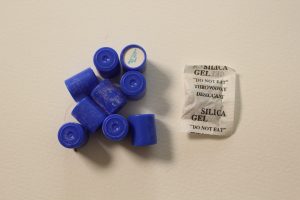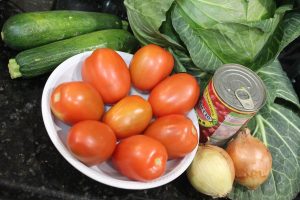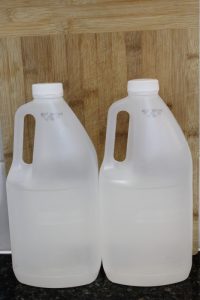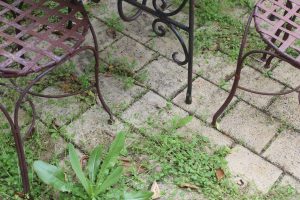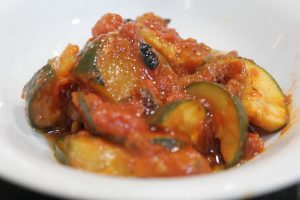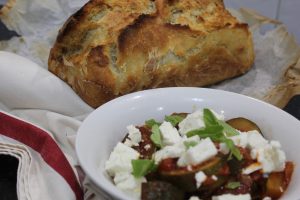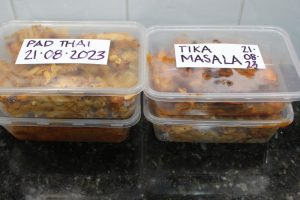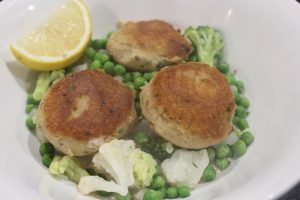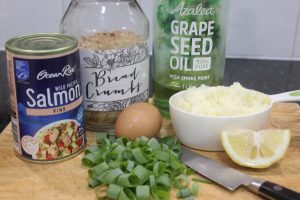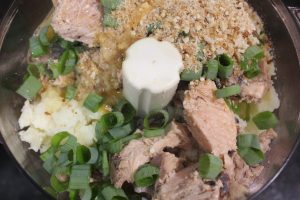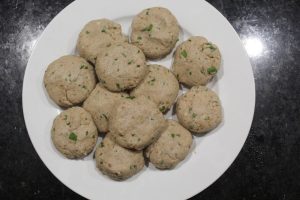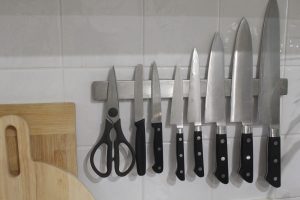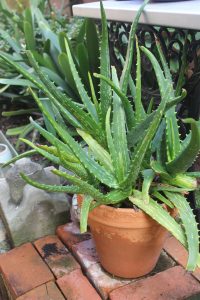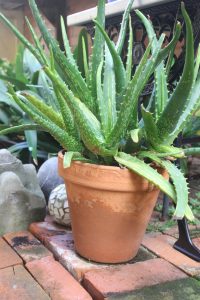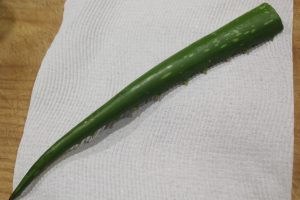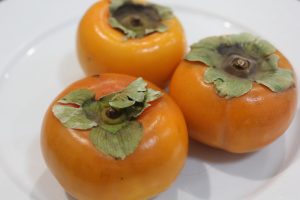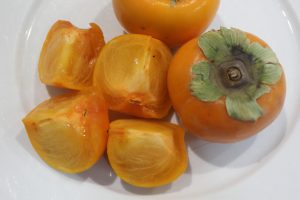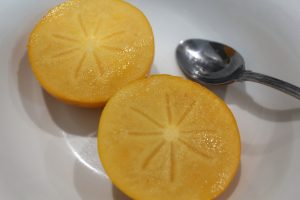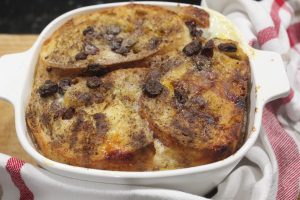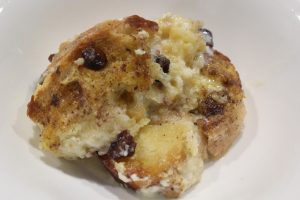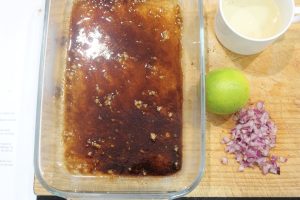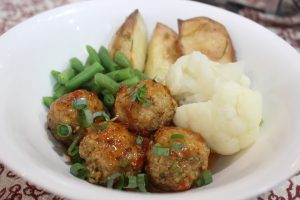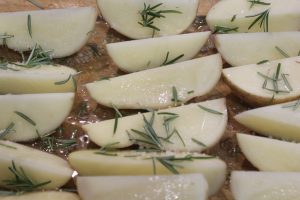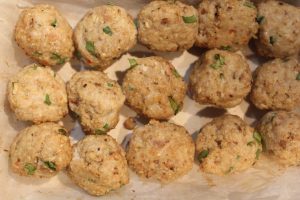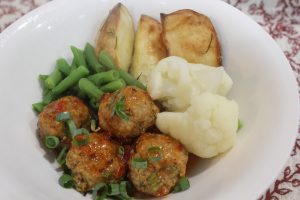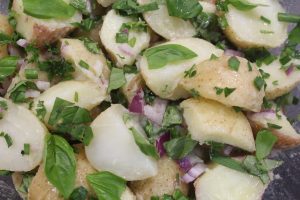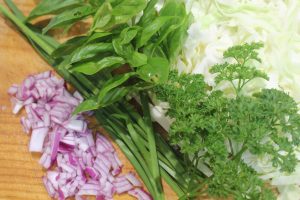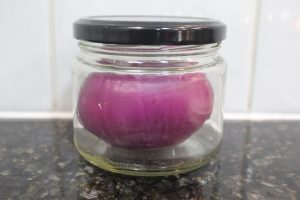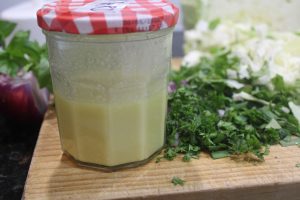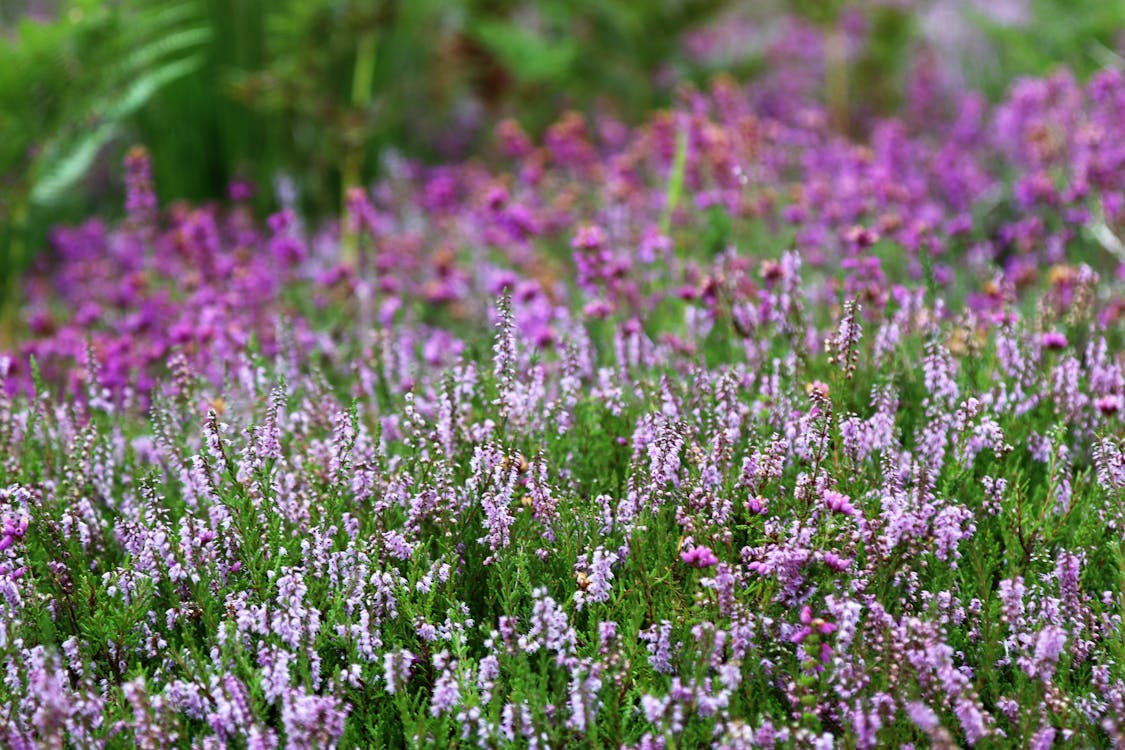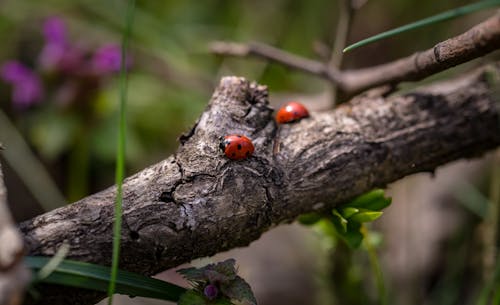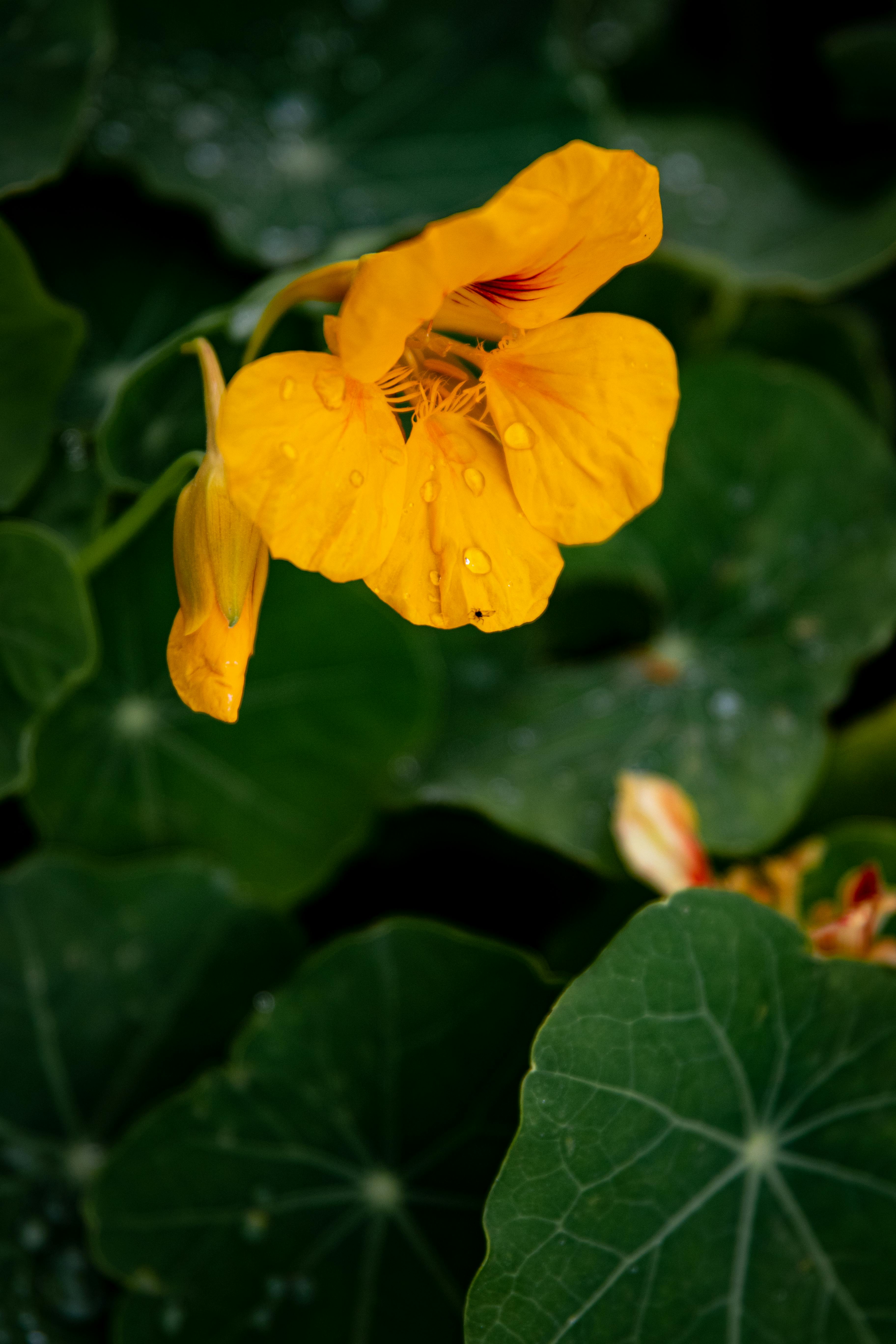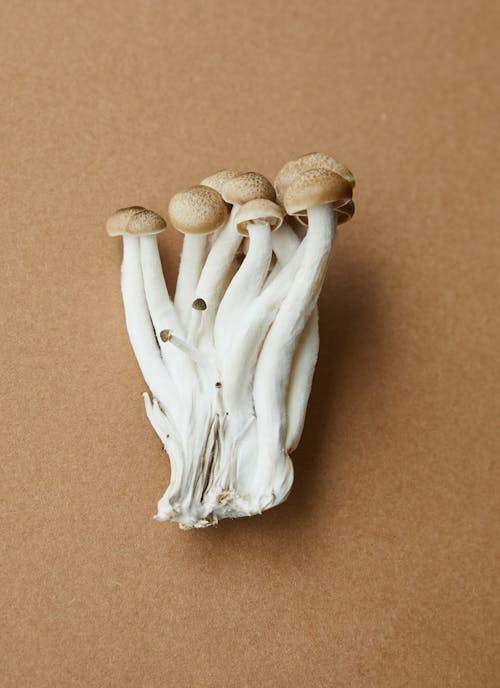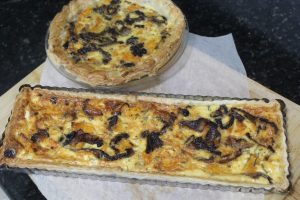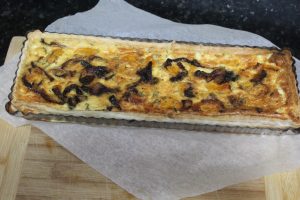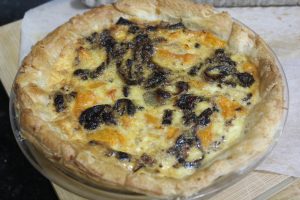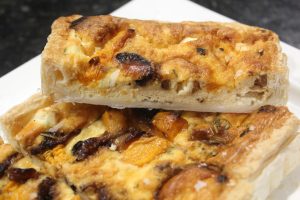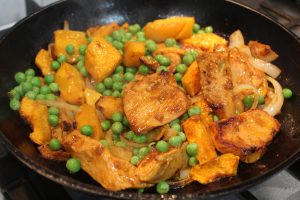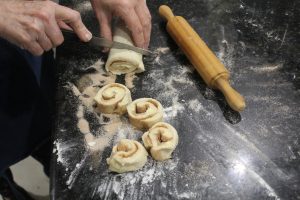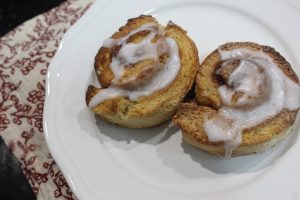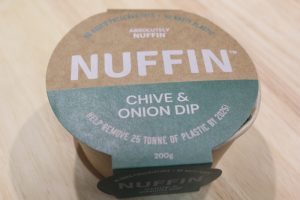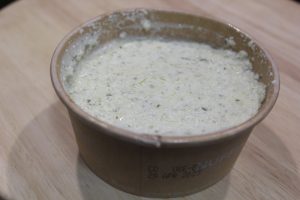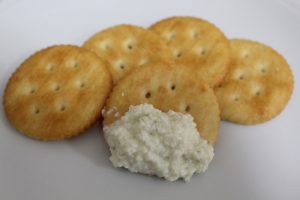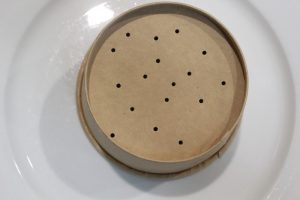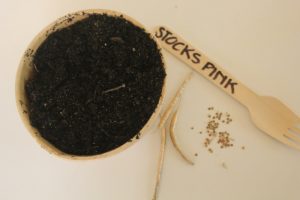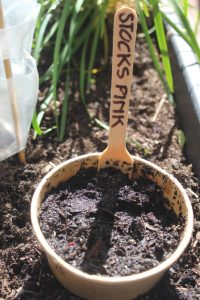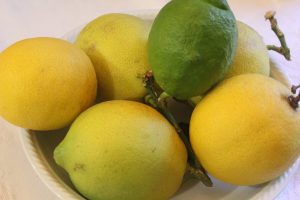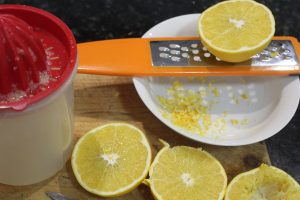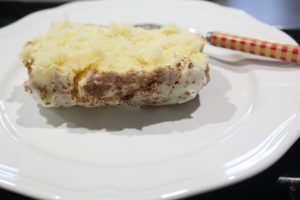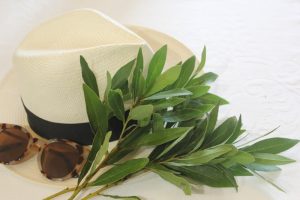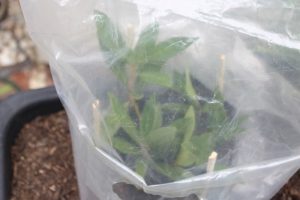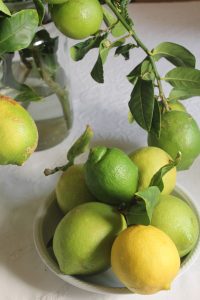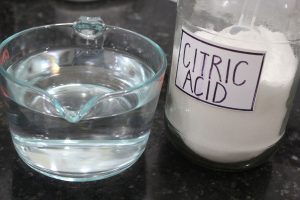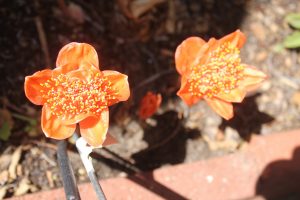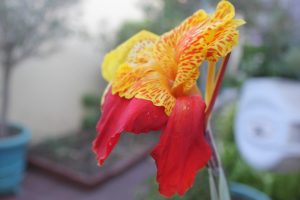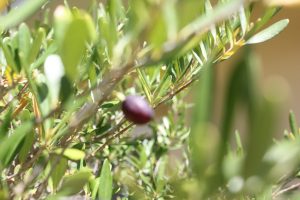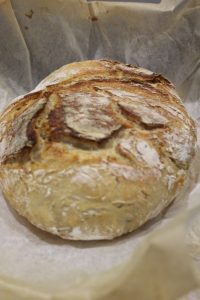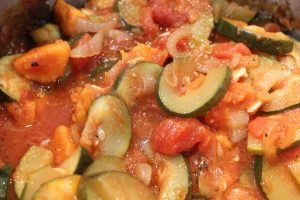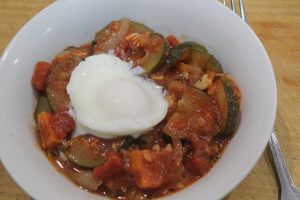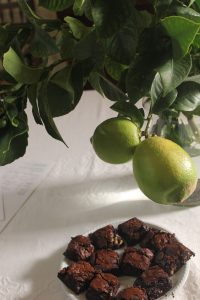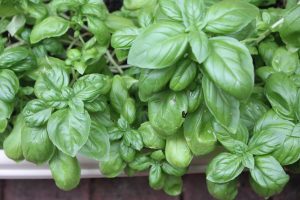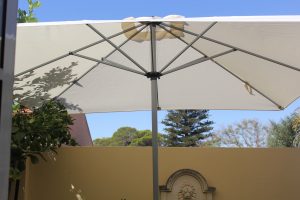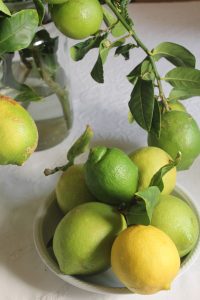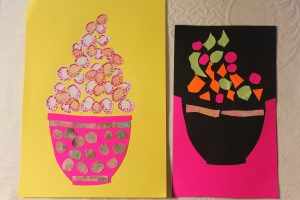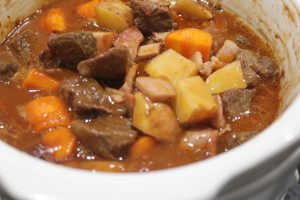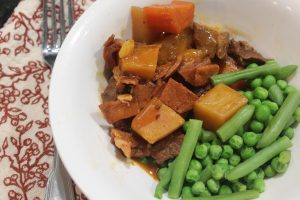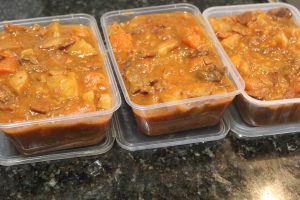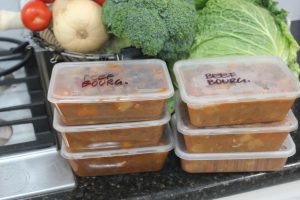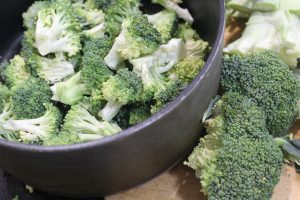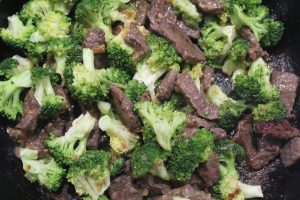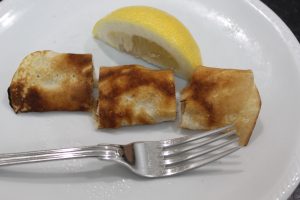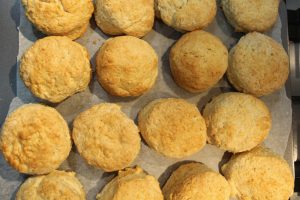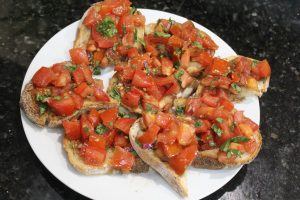MELANOMAS
Are you an Australian with Anglo-Celtic or Northern European ancestry? I’m only asking because statistically you are in the high risk category to develop a melanoma. The most serious type of skin cancer is a melanoma, when the cancer develops in the melanocytes, the skin’s pigment producing cells. These are aggressive cancers.
We develop skin cancers because our skin remembers every time we played all lunchtime in the searing sun, every time we were at swimming lessons mid-morning in the summer school holidays and every other time in your entire life you were unprotected in our harsh sun. I wont even mention slatheringb ourselves in baby oil hoping to accelerate our tans.
Basal Cell Carcinomas (BCCs) are the most common growths. They often appear as small lumps or dry red scaly patches and are easily treated by burning or excising. Although they are benign cancers that don’t enter your blood stream, they need treating or monitoring. SCCs ( Squamous Cell Carcinomas) can metastasise and spread into lymph nodes. These need more urgent attention.
In males, melanomas are most often found on the torso, in females they most commonly occur on the limbs. In Australia, one in 14 men will develop an invasive melanoma and one in 22 women will also develop an invasive melanoma.


So what should fair skinned Australians do to prevent skin cancers? Wear sunscreen if you’re going to be exposed to the sun from mid-morning to late afternoon and add a hat and sunglasses, reapply sunscreen after swimming and monitor children closely to ensure they are protected. As a fully paid up member of the melanoma family I have a yearly check up with my dermatologist who keeps detailed records. She looks at my skin from my head down to my feet and it is not fun. Since 2012 I have never left her rooms without things being burnt off or three times things being cut out.


Consider having hats at every door going to the outdoors, applying sunscreen every morning, even in winter if you’re very fair and be aware of your hands and arms being exposed when you’re driving. If you haven’t had a recent check ask your GP to check or look for one of the many clinics ( in Australia) specializing in recognising and treating skin damage.
SPRING


Every season is special in its own way but spring promises regeneration and growth. In the Southern Hemisphere we can think about putting the dark, thick, heavy clothes of winter away and digging out the brighter, lighter clothes marking warmer weather. It’s good to be outside, surrounded by new growth and the still warm sun, not yet scorching.


These Callistemon (family Myrtaceae), better known as bottlebrushes are common in the southern area of Western Australia and the east coast of Australia. They are called ‘bottlebrushes’ because the cylindrical bloom looks like a bottlebrush! They bloom in spring and summer.
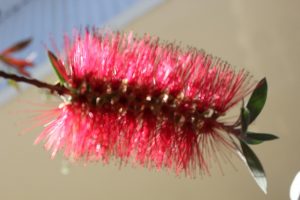

The first stage of flowering starts at the end of a leafy branch with the development of buds. When the buds erupt the colour of the flower is evident, in this case, crimson.
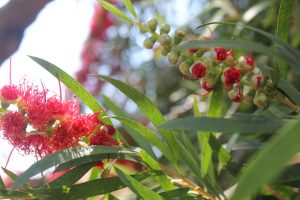

Buds on the right beginning to pop open.The buds open to reveal the red filaments developing.
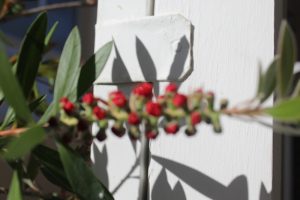

As the flower develops it becomes a bottlebrush shape. The flowers are long lasting and attract many birds and insects. The spent bus capsuls become seed pods.
Hardy, beautiful bushes, bottlebrushes are very popular in native gardens. They require very little water, have gorgeous blooms if they’re in full sunlight and only require occasional pruning to maintain a compact shape.
OTHER THINGS
Sorting out the freezer drawers unearthed a surprise; the ham bone was still tightly wrapped in the bottom drawer. Bone, yellow split peas and water into the slow cooker for 8 hours, wonderful rich, thick soup for three nights. Already ordered the Christmas ham for this year.
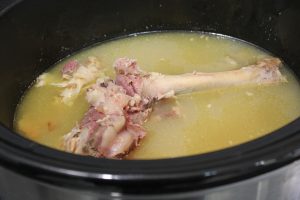

Looks unattractive but tasted WONDERFUL!
Also rediscovered a couple of kilos of cooked prawns, so thawed some for lunch and turned the shells into prawn stock and froze it until I needed it. Prawn stock adds vibrancy to so many things. Simply boil the remains in just enough water to cover the shells for about 30 minutes, sieve, cool and use or freeze.
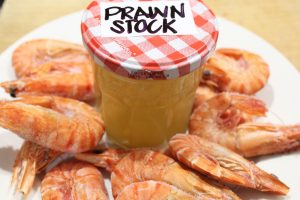

My cleaning up urge sent me through the fridge at the same time. There was my favourite ingredient to add to just about anything, preserved lemons! I scrape off any remaining pulp and thinly slice the preserved skin and add it to casseroles, salads and often on fish. Lovely zing of flavour! Recipe (here)
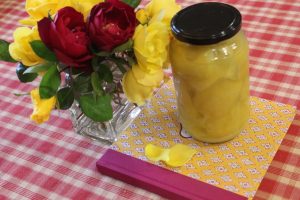

The citrus trees are still fruiting so I’ve made more preserved lemons.
I hope you are enjoying lovely weather, where ever you live!







